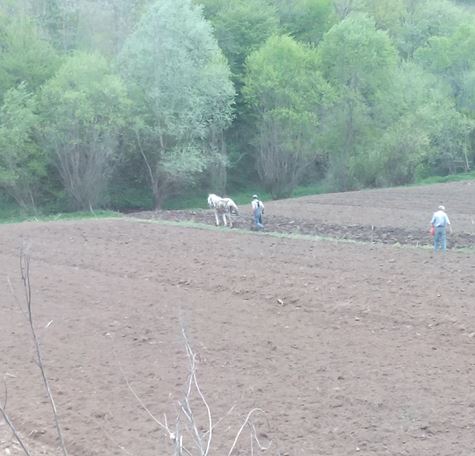In this post, Ralf B. Schäfer talks about their recently published paper “Do agricultural pesticides in streams influence riparian spiders?”.
Many studies have looked into the response of different aquatic organism groups to pesticides. However, to which extent riparian predators that rely on aquatic organisms such as spiders are influenced by pesticide effects on the prey has rarely been studied.

Studying the effects of pesticides is typically complicated by the fact that in Western Europe (and elsewhere) intensive agriculture is ubiquitous. Hence, agricultural reference sites without pesticides are scant. In rural regions of Eastern Europe, traditional low intensity agriculture based on working animals and human labour prevails alongside intensive, mechanised agriculture. Assuming that this form of agriculture relies on no or limited pesticide use such regions may allow to study a wider gradient of pesticide exposure. For further details see our previous blog posts (here and here).
We studied riparian spiders as well as pesticides and other agricultural stressors in the region around Cluj-Napoca, Romania. We found that the composition of spider communities responded to in-stream pesticide toxicity, suggesting direct (proxy of direct riparian exposure) or indirect (via prey) effects. Similarly, the species richness and the number of spider individuals were negatively associated with in-stream pesticide toxicity. However, further studies are required to elucidate potential mechanisms.

The paper has been authored by Nadin Graf, Karina Battes, Mirela Cimpean, Pitt Dittrich, Martin H. Entling, Moritz Link, Andreas Scharmüller, Verena C. Schreiner, Eduard Szöcs and Ralf B. Schäfer, and can be accessed for free until February 28, 2019, in Science of the Total Environment.
